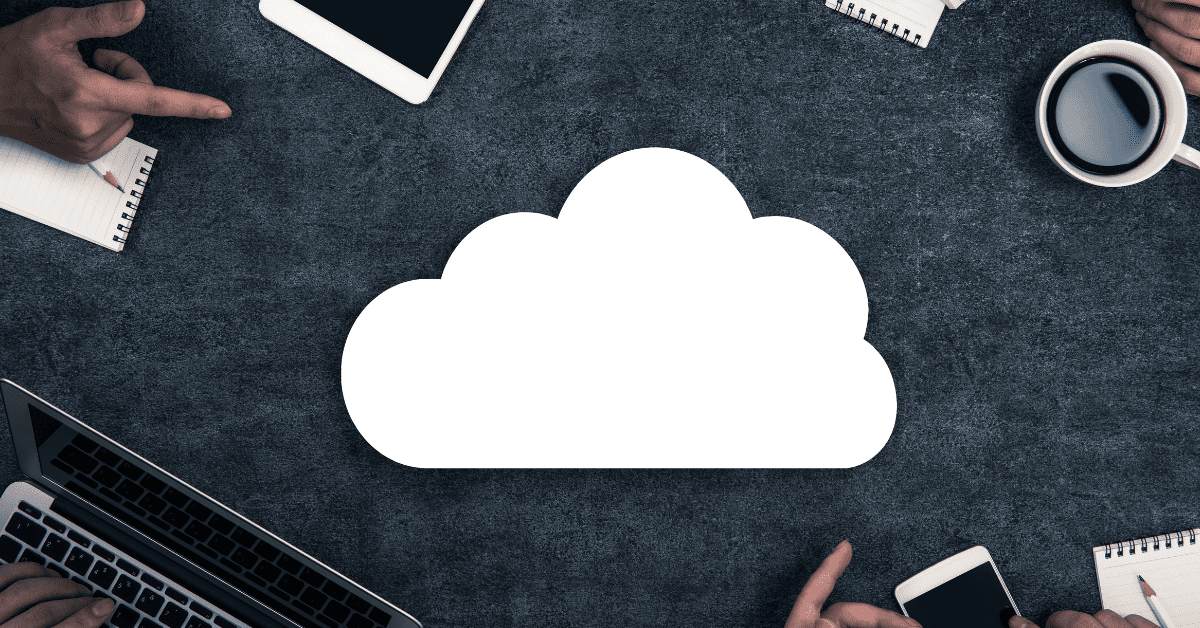Today, many businesses go to the cloud for the limitless potential it provides them. As cloud computing has allowed businesses to stream work in a way that was thought impossible at first. According to IDG’s 2021 Digital Business study, most organizations have at least some digital business plans, and 61% of IT decision-makers say that the global pandemic forced their organization to implement their digital-first strategy. And one of the first steps to doing so is to start the cloud migration process.
We’ve already talked about cloud computing and how to prepare for successful cloud migration. In this article, we’ll talk about the migration process from our experience so you can get a better understanding of what to expect.
The Migration Process
From our experience, the migration process has three main phases:
-
- Assess
- Mobilize
- Migrate and Modernize
Each step has its purpose but it’s important to keep in mind that this is a repetitive process. The more you repeat it and migrate more applications, the more consistent you will be when migrating processes and procedures. Eventually, leading to a faster process each time.
Assess
The first step is to assess your environment and see how ready it is for migrating? We have a couple of blog posts on this topic, check our guide for completing a successful readiness assessment blog and developing your cloud strategy blog for more detailed information on what you should do.
Most importantly in this stage, you need to see where your organization is lacking. What operations/strategies might hinder your migration. State your issues here clearly and what problems may occur as a result of them.
Mobilize
Now that you have a better view of your environment. It’s time to plan your migration. Start by addressing the gaps in your organization’s readiness. It’s important here to focus on building your organization’s baseline environment, the “landing zone”, as well as driving operational readiness, and developing cloud skills.
The deeper you understand the interdependencies between applications in your organization, the stronger you’re plan will be. So, be thorough when creating your application portfolio and evaluate the seven common migration strategies to meet your objectives.
Migrate and Modernize
Depending on how detailed your plan is, this should be a smooth process. The timeframe of this step will vary depending on the workloads you’re migrating. Of course, the heavier the workload/data is, the more time it will take. And as you migrate you will build on your new foundation, retire the old system, and constantly evolve and modernize your operations to take full advantage of the cloud.
An important factor in this step is to ensure adequate security during the process. Wherever you’re storing data must be secure until the process is finished. And make sure to make use of any tools offered by your provider to streamline the migration process.
Conclusion
Migrating to the cloud can help your business stand out from the competition. However, it’s also important to remember that it’s a big move. And the more complex and larger your infrastructure is, the more challenges you might face in the process. So, it’s important to have all your ducks in a row first before you migrate.
Alternatively, you might choose to work with a trusted partner for your migration, like FORTE CLOUD. Contact us today to start your adoption journey to the cloud and our team of experts will guide you through the process step-by-step. Plus, by partnering with us, you’re guaranteed to receive excellent service as we were named AWS Partner of the Year for exceptional performance & commitment to the AWS customers for two consecutive years.




